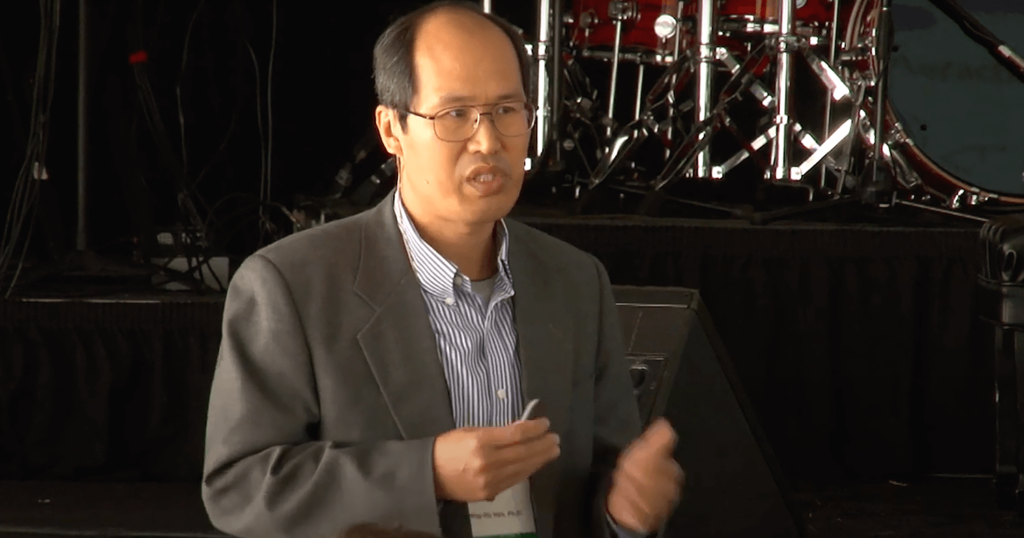Dr. Ming-Hu Han Discovers Brain’s Natural Resilience Mechanism

Problems are often best resolved by forging through them rather than pulling back. For example, psychotherapies such as CBT promote active coping mechanisms which work in this way. However, until now, it has not been known how the brain’s physiological stress resilience mechanism works. Evidently, while some people seem wired to be able to handle stress with resilience, a small percentage (about 5%) become severely depressed when faced with chronic stress. According to the theory guiding the research of Johnson & Johnson / One Mind Rising Star award winner Dr. Ming-Hu Han, the key to this difference lies in how the brain’s reward system, specifically the network of dopamine neurons in the ventral tegmental area (VTA), reacts to stress. Might the brain’s natural resilience work like the antidepressant drug fluoxetine (Prozac), which reduces the excitation of these neurons? Or not? Using his Rising Star grant, Dr. Han and his lab set out to find out.
First, Han’s team classified their cohort of experimental mice into those susceptible to depressive behavior in response to repeated defeats in hostile social encounters (calling these “susceptible” mice), and those which continue to behave like unstressed control mice despite repeated social defeats (calling these “resilient” mice). After subjecting these susceptible and resilient mice to chronic stress, Han’s team measured the firing rate of the aforementioned VTA dopamine neurons in each group. In the susceptible group, they found these neurons to be firing more rapidly than in the control group, while in the resilient group, they found these neurons to be firing similarly to the control group. So far, an interesting insight was gained: stress makes susceptible mice’s dopamine neurons fire more rapidly in response to stress.
However, their next measurements revealed a surprise: while the excitatory (Ih) electrical current in the neurons of the susceptible mice was stronger than in the control mice, as expected based on the susceptible mice’s faster firing rate, in the resilient mice the current was stronger than in either of the other 2 groups! How to explain this counterintuitive discovery?
Han’s team investigated further: they then measured the inhibitory (K+) currents in the resilient mice’s VTA dopamine neurons and found them also to be significantly stronger than in either the susceptible or control mice.
Based on this finding, Han’s team hypothesized that in the resilient mice’s neurons, stress first induced a much stronger excitatory (Ih) current, which in turn induced a faster firing rate, which in turn triggered stronger inhibitory (K+) currents, which then slowed down the firing to a normal and very stable rate. The team explored further and was able to validate this hypothesis with genetic and optogenetic experiments. The team had discovered the mechanism by which the resilient brain, at least in these mice, self-regulated its reward circuit to maintain healthy behavior.
In this investigation, the team found that giving susceptible mice repeated doses of a mood stabilizing drug known to enhance the Ih current, lamotrigine, created changes in Ih, K+, and firing rate consistent with this resilience process. Moreover, after these lamotrigine doses, the susceptible mice behaved like resilient mice.
Could a new class of antidepressant drugs which mimic natural resilience mechanisms, helping the brain to “push through” stress rather than “pulling it back”, emerge from Dr. Han’s studies? He and his team hope so. “Overall,” they write, “our findings not only unravel a critical self-stabilizing capacity of midbrain dopamine neurons in the brain’s reward circuit, but also identify a conceptually different strategy of promoting natural resilience. This may provide useful information for the development of naturally acting antidepressants.”
Dr. Han and his team have just published these results in the prestigious journal Science. We at One Mind are exceptionally proud to sponsor their research. We hope that their discoveries will soon bear fruit for the almost 15 million American adults and many more around the world who suffer from major depressive disorder.
